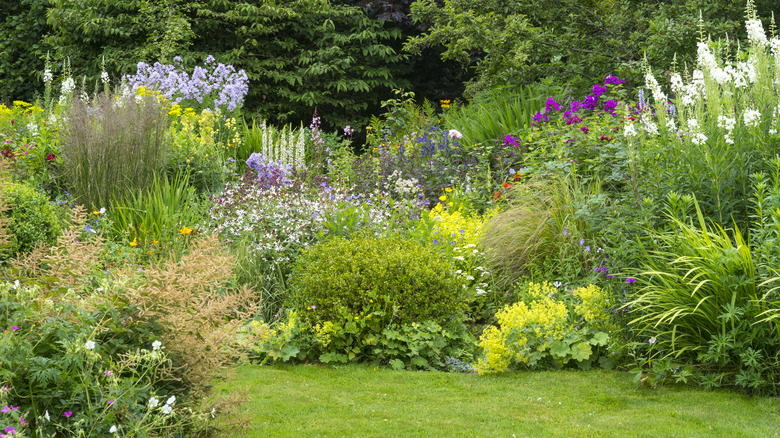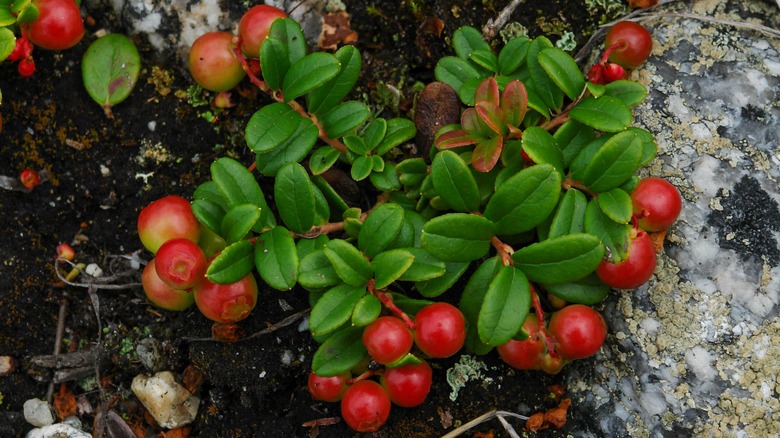The Evergreen Ground Cover That Produces Bell-Shaped Flowers & Stunning Berries
Whether you want to control weeds, add a pop of color along your garden border, or attract the types of birds you want in your yard, an evergreen ground cover with dainty flowers and bright berries could be the perfect choice. The Vaccinium vitis-idaea, known as dwarf lingonberry, is a native plant in parts of North America that reaches a height of only 4 to 6 inches, producing runners that stretch up to 12 inches across the ground. The oval leaves are deep green and shiny, which is beautiful in and of itself, but the plant also grows small white or pink bell-shaped flowers in the spring, measuring just ¼ -inch long. How cute! These dainty blossoms produce light green fruit that mature into bright red edible berries in the fall that stay through the winter. Not only does this add more color dimension to your landscape nearly year-round, but it also welcomes beneficial wildlife to your garden.
Interestingly, you can eat the berries, too. In fact, the Missouri Botanical Garden states that people worldwide eat lingonberries right off the plant or make them into culinary dishes. When searching for this variety to add an evergreen ground cover plant to your landscape, be aware that the plant can go by several names besides lingonberry, including mountain cranberry and partridgeberry, so search for the dwarf species to ensure you buy the proper plant.
Care and conditions for lingonberries
Dwarf lingonberry plants love the cold weather and can be found in the wild throughout the lower regions of Canada and the northern parts of the United States, but thrive in areas from zones 3 to 7. Those who live in parts of the country with hot summers and little snow will have trouble giving this variety what it needs to survive. While lingonberry plants are largely hardy, they do have a shallow root system that can become an issue if gardeners aren't careful about other types of plants that share the same space. It's important to keep weeds or other plants with roots that grow at a similar depth away from the dwarf lingonberry to avoid nutrition competition, especially while the plant establishes its place. Also, given its shallow root system, this evergreen ground cover prefers partially sandy, well-drained soil to avoid root rot.
Oregon State University suggests mixing in organic matter, like compost, to the top several inches of the desired garden area before adding dwarf lingonberries, ensuring your plants live in soil with a pH of around 4.3 to 5.5. The extension also recommends keeping the sodium and calcium levels of your beds in check, as high levels of either element can be a death sentence for these low-lying plants. Choosing a location that receives sun to partial shade is best for the dwarf lingonberry, but if you have to place it in a full-sun area in your yard, just make sure the soil retains some moisture. Don't forget to give them a little fertilizer in the spring.

